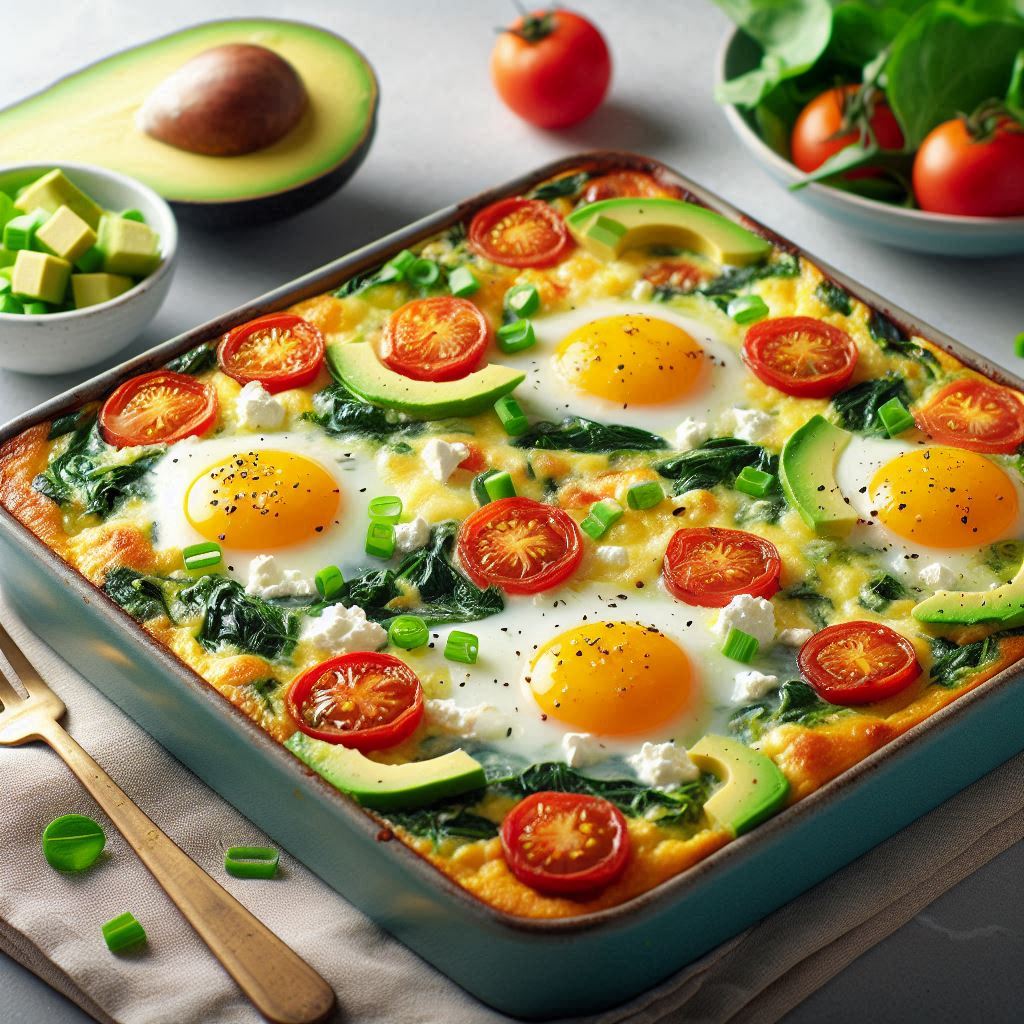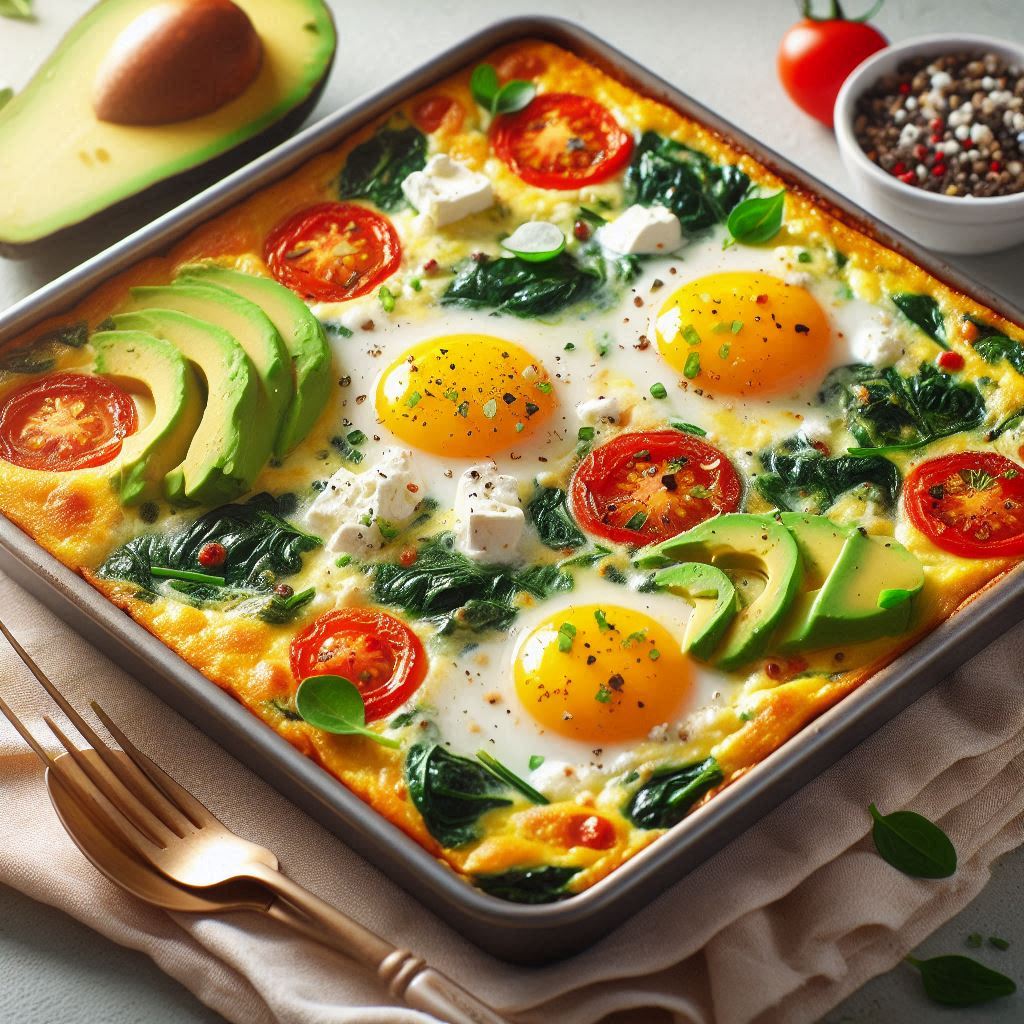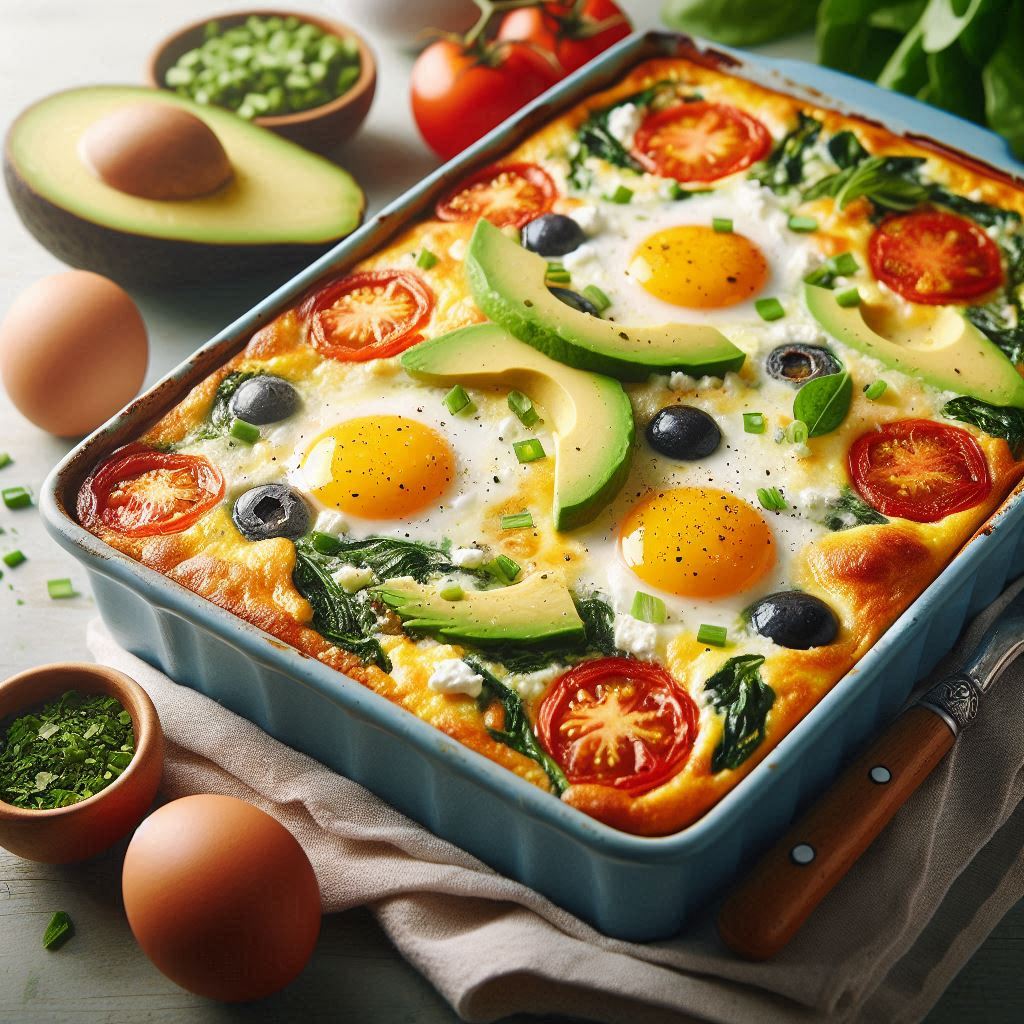Table of Contents
ToggleGluten free breakfast casserole recipes
Breakfast is considered the essential meal of the day, which is why it’s important for those who don’t take gluten to be prepared with a good dish for the morning. Contemporary recipes include a gluten-free breakfast casserole, which people who have gluten sensitivity or celiac disease can enjoy. Not only that, all the delicious dishes meet the special requirements of some people while being warm and satisfying for breakfast. Here in this article, get ready to enter the realm of gluten free breakfast casserole recipes; learn about the advantages and the basic components of this type of recipe, as well as some truly delicious variations with which you’ll immediately want to rush to the kitchen.

The Emergence of Gluten free breakfast casserole recipes
People are becoming more and more informed about the effects of gluten sensitivity or even celiac disease, thus the demand for such food products. In conventional cooking, there has been a style of gluten free breakfast casserole recipes that has elicited a lot of interest from morning meal lovers. These foods are perfect protein and sometimes vitamin sources, containing a large portion of vegetables or even fruits, baked in gluten-free meals.
Here, flexibility is one of the main glories of gluten free breakfast casserole recipes. Increase your electricity to the highest. They can be easily modified according to the type of preference or health in terms of diet. Say you are a vegetarian, lactose intolerant, or vegan, or you just want a meal that is rich in vegetables. You need not worry; there is a gluten-free breakfast casserole recipe for all.
Key Ingredients in Gluten free breakfast casserole recipes
When preparing gluten free breakfast casserole recipes, one has a choice of the right ingredients apart from the taste, which is very important in determining the texture and dish’s consistency.
- Eggs, protein, and a cover Numerous recipes for breakfast goulashes incorporate eggs as the essential fixing.
- Gluten bread or tortillas: These can be added and heated at the base or added straightforwardly into the goulash for the surface.
- Dairy or dairy choices: richness and flavor, regardless of dairy items like milk and cheddar.
- Vegetables: The absolute most normal and best ones that are utilized incorporate bell peppers, onions, spinach, and mushrooms.
- Meats: For extra protein and an increase in exquisite flavor, you can add bacon, hotdogs, or ham.
- Herbs and flavors: They add more body and extravagance to the dish’s taste without adding more layers of genuine fixings.
- Gluten flour or starch: At times, it is included to thicken the blend or to get a covering on the top layer.
This is the magnificence of make-ahead, gluten-free breakfast meal recipes.
One more phenomenal advantage of gluten-free breakfast meal recipes is that they can be arranged well ahead of time. Without a doubt, most of these feasts can be arranged for the time being and simply should be prepared the next morning, making them ideal for the functioning week or a casual end-of-week breakfast. This variable has significantly added to the expansion without gluten-free breakfast meal recipes being created and ready at home.
Planning the goulash ahead of time implies that the flavors of the relative multitude of fixings will mix in with one another over the long haul, making it more delectable when served the following day. Furthermore, who could do without awakening to the smell of heated bread that has been arranged as a morning meal goulash?
A flexible, gluten-free breakfast meal recipe
I trust this outline of the parts of a gluten-free breakfast goulash has been useful! Presently, we should discuss an essential, variable recipe that all of you can add to. This is a decent base recipe, so by adding your selection of flavors, you might be able to see which taste requests the most.
Ingredients:
- 12 large eggs
- 1 cup of any type of milk, whether it is fresh full-fat milk or non-refrigerated milk such as evaporated milk.
- 1 teaspoon salt
- Black pepper powder, ¼ to 1/2 teaspoon
- ¼ cup freshly grated cheese (or vegan cheese) or half a cup if using processed cheese.
- 2 cups diced vegetables of your choice, such as bell peppers, onions, or spinach.
- ½ cup shredded cooked chicken (or any other meat of your choice) optional
- 2 cups of cubed gluten-free bread or tortilla
- 1 tablespoon of fresh herbs of your choice, such as chive, parsley, or basil.

Instructions:
- First, preheat your oven to 350 degrees F or 175 degrees C and grease a shallow pan measuring 9 by 13 inches.
- In the bowl, evenly beat the eggs, milk, salt, and pepper.
- Afterward, gently fold in the shredded cheese, chopped vegetables, and/or cooked meat if you decide to add it.
- Carefully fold in the cubes of the gluten-free bread or tortilla.
- Transfer the mixture to the prepared baking dish and finish it off with fresh herbs.
- Bake for 40–45 minutes, or in some instances, whenever the casserole seems firm and has developed a golden brown top crust.
- Allow it to stand for 5–10 minutes before serving.
This delicious gluten-free breakfast casserole has so many great variations. Some of the vegetables used can easily be replaced with others; the type of cheese to be used also differs; or even the type of herbs to use—all these can be easily changed, giving room for the creation of so many varieties. The main secret is to stick to the ratio, especially the ratio of eggs to other components, to make the casserole set.
Delicious Gluten free breakfast casserole recipes and Their Nutritional Values
Apart from the healthy and great breakfast, gluten free breakfast casserole recipes provide, the following benefits can be obtained: They can also carry vitamins and other necessary nutrients, which can be used to feed our body and brain. Here are some of the nutritional benefits you can expect from a well-balanced, gluten-free breakfast casserole:
Protein:
The proteins in eggs and cheese ensure the availability of the essential amino acids for muscle transformation and adding muscle mass in case one takes optional meats.
Vitamins and minerals:
This subsidizes micronutrients such as vitamin A, vitamin C, vitamin K, folate, and potassium.
Fiber:
Gluten-free whole grains and vegetables are foods that cover a good amount of dietary fiber that assists in ingestion and helps to make one feel full.
Healthy fats:
Some foods, like eggs and cheese, contain fats that help with brain purposes and hormone secretion.
Complex carbohydrates:
There is energy consistency in the morning when taking gluten-free grains.
Next time you are in search of what to cook for breakfast, try the following gluten free breakfast casserole recipes as you incorporate the following ingredients into your diet:
Strategies for the Best Gluten free breakfast casserole recipes
To ensure your gluten free breakfast casserole recipes turn out perfectly every time, keep these tips in mind:
- Don’t overbeat the eggs. Blend them slowly and fold them with the left hand in order not to make them chewy.
- Use room-temperature ingredients: This helps to separate the ingredients both thinner and thicker a lot more efficiently.
- Avoid overfilling the baking dish: Do not fill the baking dish to the very top since the casserole will increase a little as it cooks.
- Let it rest. It is recommended that after preparation, the casserole be allowed to cool down for a while to facilitate slicing and serving.
- Experiment with textures: It is advised to intercalate soft and crunchy parts because such structures will offer a diverse texture.
- Season well: Do not be shy with the use of herbs and spices; use them to the optimal level.
- Consider dietary restrictions: If you are preparing for other people, consider other allergies or intolerances.
There are many recipes with twists that can be followed when preparing a gluten-free breakfast casserole.
The charm of the gluten free breakfast casserole recipes is that they are very diverse and can be easily modified.
Mediterranean-inspired:
To replace the fresh ingredients, add some sun-dried tomatoes, feta cheese, spinach, and olives for the flair of the Mediterranean.
Southwest fiesta:
You could supernumerary black beans for kidney beans, include corn, and diced green chilies, use salsa instead of picante sauce, and add avocado for a traditional Tex-Mex feel.
Apple and sausage:
It is best when you have sweet apples with a little bitter taste and add them with delicious sausage for the difference in taste.
Veggie lover’s delight:
Fill your casserole with an assortment of vegetables in the colorful Cached spectrum, such as zucchini, carrots, and broccoli.
Sweet potato and bacon:
sweet potatoes are thinly sliced with crispy bacon to be put in layers, the combination of sweet and salty in each bite.
Such changes prove how diverse the gluten-free breakfast casserole sector can be in the market. All in all, it may be desirable to change some of them according to your taste or available materials.
Conclusion
Some gluten-free, main dishes include gluten free breakfast casserole recipes that have given a push towards a change in the type of breakfast meals. It must be noted that these rich, tasty, and healthy meals can be created in unlimited ways, and they are the perfect meal to kick off in the morning. Thus, these casseroles are perfect for those who are gluten-intolerant or choose gluten-free eating, either for health or personal preference.

FAQs
What can one use instead of bread in a breakfast casserole?
Common options for the items in their place are gluten-free bread cubes, hash browns, quinoa, or even a round-sliced sweet variety. Each will also give a different feel and taste to your casserole.
How suitable are gluten free breakfast casserole recipes for other types of diets?
Most of the gluten free breakfast casserole recipes can be changed to suit other special diets. For instance, due to lactose intolerance, one would substitute dairy milk and cheese with soy milk and cheese, respectively, while a vegetable-special preparation would mean consuming higher quantities of vegetables.


